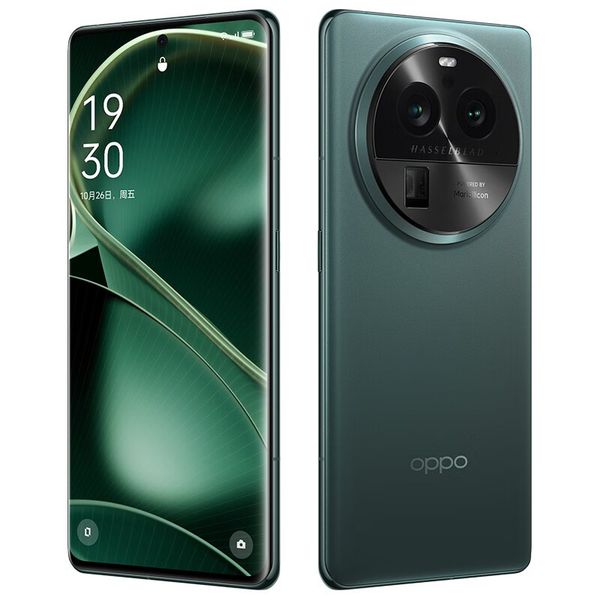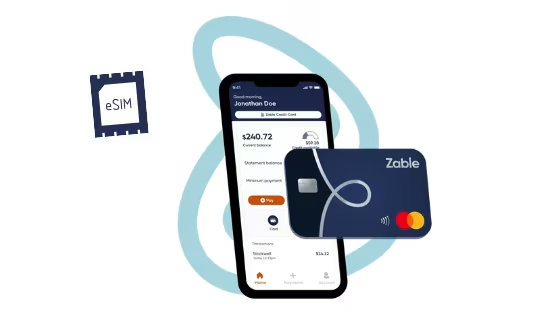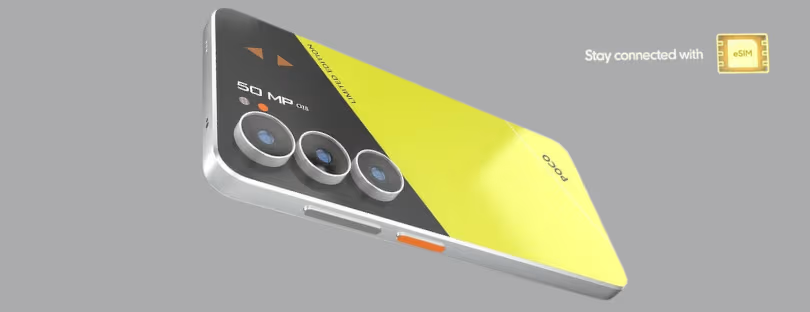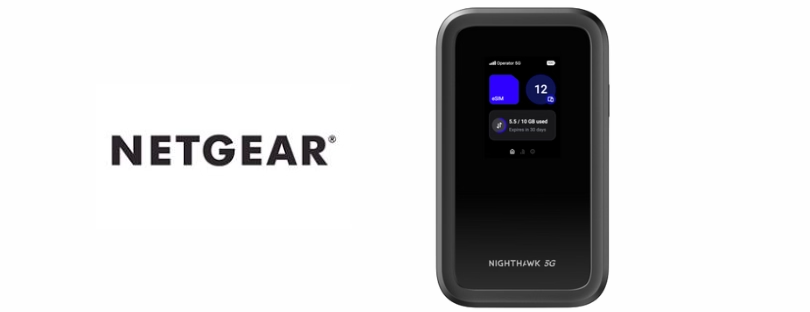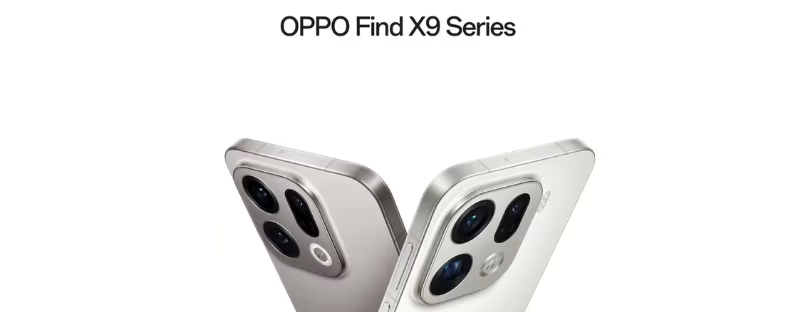
Oppo Steps Into the eSIM Era With Its Flagship Find X9 Series
Oppo has officially entered the eSIM era. On October 16, 2025, the company unveiled its long-awaited Find X9 series in China — the brand’s first flagship lineup to feature built-in eSIM support. This launch isn’t just another hardware refresh; it marks Oppo’s strategic leap into digital connectivity, positioning the brand alongside global leaders who are reshaping how we stay connected.
The timing is significant. Just days after China’s Ministry of Industry and Information TechnoIogy (MIIT) approved nationwide eSIM commercial trials on October 13, Oppo seized the moment to introduce a device built for that new landscape. By integrating dual eSIM technology into its flagship phones, Oppo isn’t merely following a trend — it’s helping to accelerate the transition toward card-free mobile communication.
For users, the Find X9 series promises a smoother, more flexible experience.
Dual eSIM and Dual Freedom
At the heart of the Find X9 is MediaTek’s Dimensity 9500 chipset, designed to deliver ultra-efficient performance while handling advanced 5G and eSIM capabilities. What’s particularly exciting is that Oppo will reportedly include dual eSIM functionality, allowing users to bind two carrier numbers online and switch between them without a physical SIM card.
Even more impressive: users will be able to share one phone number across two devices, a feature currently rare outside of Apple’s ecosystem. That means your Find X9 and, say, an Oppo Watch could share the same number seamlessly—no more juggling calls or missing messages between gadgets.
Bridging the Old and the New
Oppo isn’t going completely SIM-free just yet. The Find X9 will retain one physical SIM slot, a smart transitional move for markets like China, where eSIM adoption is still in its early stages. The company seems aware that shifting millions of users from traditional SIM cards to fully digital profiles requires time—and trust.
This launch follows China’s nationwide approval of eSIM commercial trials on October 13, opening the door for more manufacturers to experiment with eSIM integration. For Oppo, this timing couldn’t be better.
Power Meets Imaging
Beyond connectivity, the Find X9 looks every bit a premium flagship. Early teasers point to a Hasselblad-tuned camera system, continuing Oppo’s long-term imaging partnership aimed at challenging Samsung and Xiaomi’s flagship photography credentials. A massive 7,000mAh battery suggests Oppo is prioritizing longevity — critical for travelers and professionals constantly connected to multiple networks.
 Why This Launch Matters
Why This Launch Matters
Oppo’s move into eSIM territory represents more than just another feature update — it’s a strategic repositioning. As brands like Apple, Samsung, Google, and Huawei push forward with digital connectivity, Oppo’s entry ensures it won’t be left behind in a rapidly evolving ecosystem where eSIMs are redefining mobile freedom.
Apple famously dropped the physical SIM entirely in the U.S. with its iPhone 14, betting on a fully digital future. Samsung and Google have been expanding their dual eSIM capabilities across the Galaxy S24 and Pixel 8 lines. Now, Oppo joins that elite club, signaling that eSIM is no longer a niche experiment — it’s the new standard.
The Bigger Picture
eSIM adoption has been accelerating, but challenges remain. Many carriers still struggle with onboarding systems, inconsistent QR provisioning, and a lack of cross-border interoperability. As of late 2025, over 350 mobile operators worldwide support eSIM, yet user education and regional regulations still lag behind.
Oppo’s hybrid approach—offering both eSIM and a traditional SIM slot—might prove to be the most pragmatic strategy in this transition phase. It offers consumers flexibility while giving telecoms and regulators time to adapt to new provisioning models.
- Find X9 price: from €570 (12GB/256GB version)
- Find X9 Pro price: from €780 (12GB/256GB version)
Conclusion: A Smart, Strategic Entry
With the Find X9 series, Oppo isn’t just releasing another flagship—it’s staking its claim in the next generation of mobile connectivity. By marrying dual eSIM flexibility, Hasselblad imaging, and a massive battery, Oppo positions itself as both innovative and consumer-conscious.
Compared to Apple’s bold “eSIM-only” gamble and Samsung’s steady dual-mode rollout, Oppo’s balanced entry could make it the bridge brand that helps millions of Android users embrace eSIMs without friction.
If Oppo executes its ecosystem well—integrating watches, tablets, and future wearables under the same number-sharing technology—it could quickly become one of the most influential players in Asia’s eSIM evolution. And for the global market, that means one thing: the SIM card’s days are truly numbered.





 Why This Launch Matters
Why This Launch Matters